The educated refugee woman. An emerging resettlement category?
This blog examines the focus on evacuating educated and professional Afghan women after the Taliban-takeover, and discusses the possible rise of a new resettlement category.
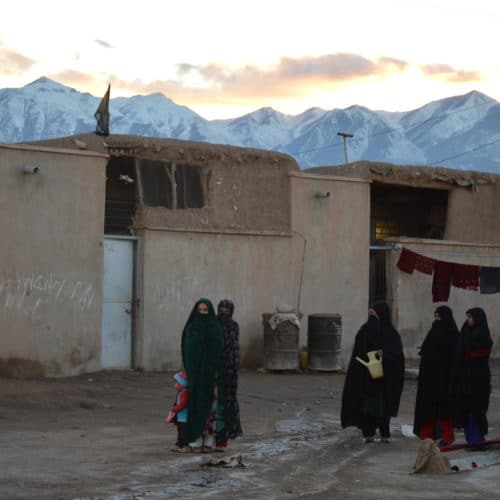
This blog examines the focus on evacuating educated and professional Afghan women after the Taliban-takeover, and discusses the possible rise of a new resettlement category.

This blog explores the widespread mobilisation of volunteers who helped refugees arriving in Europe during the summer of 2015 and early 2016.
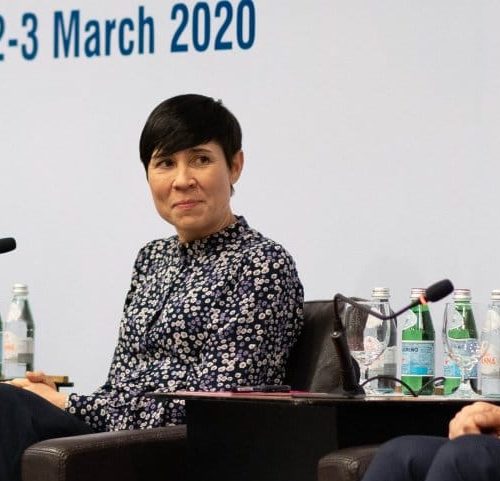
Under the Refugee Convention, people in need of asylum must be given the opportunity to apply for it. This blog examines the fundamental flaws in this system.

This blog reflects on the dramatic events where Camp Moria, housing 13,000 refugees mainly from Afghanistan, burnt down on 8 September. Europe, except for Germany, has so far responded in a cold and calculating way.
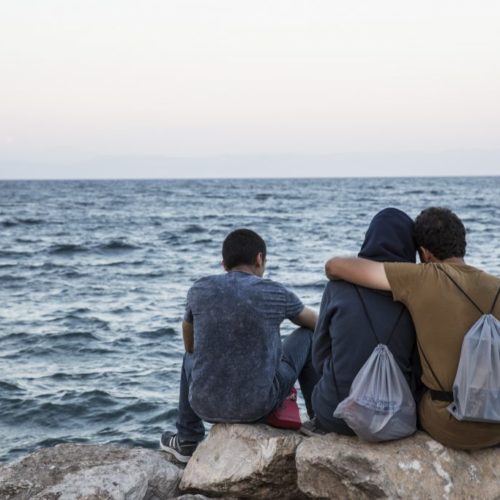
This blog explores whether NGO activity to assist migrants is a “pull factor”? Or whether the question of “pull factor” the wrong one to start with?
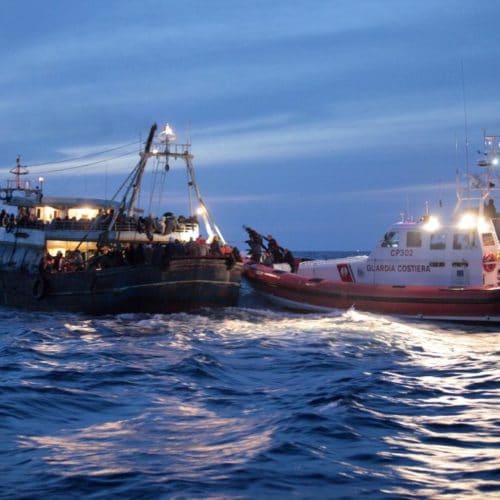
This blog explains why the narrative that search and rescue activities are a pull factor for migration is oversimplified.
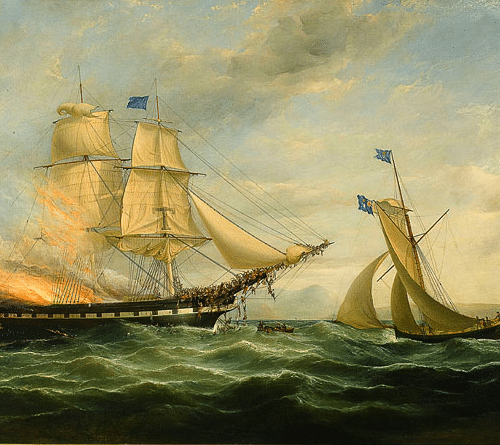
This blog explores the obligations states have towards refugees and migrants even before they cross the border, including assistance at sea.
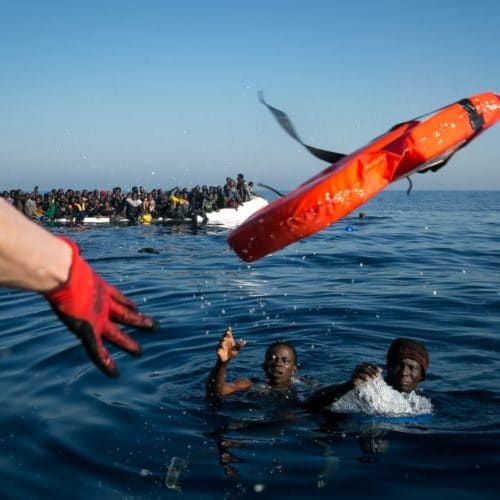
This blog examines how “the pull factor” became a central premise in European discussions about cross-Mediterranean migration.

This blog examines the role of NGOs and civil society actors in the search and rescue of migrants at sea.
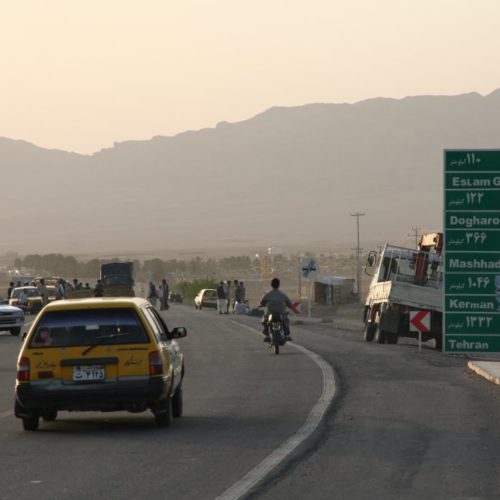
During March 2020, 145,000 Afghans returned from Iran, many infected with coronavirus. This blog examines the impact of Covid-19 on Afghanistan.

The Covid-19 pandemic has triggered the suspension of international resettlement for refugees. This blog examines the discretionary nature of resettlement and the possible future impacts of the resettlement suspension.
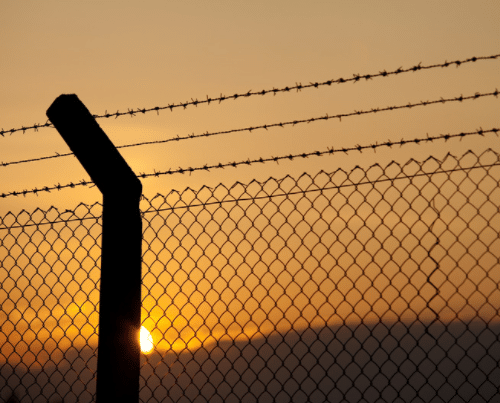
As Covid-19 continues to spread around the world, allegations of migrant smuggling networks evolving, changing, and undergoing drastic transformations as a result of the pandemic are starting to emerge.